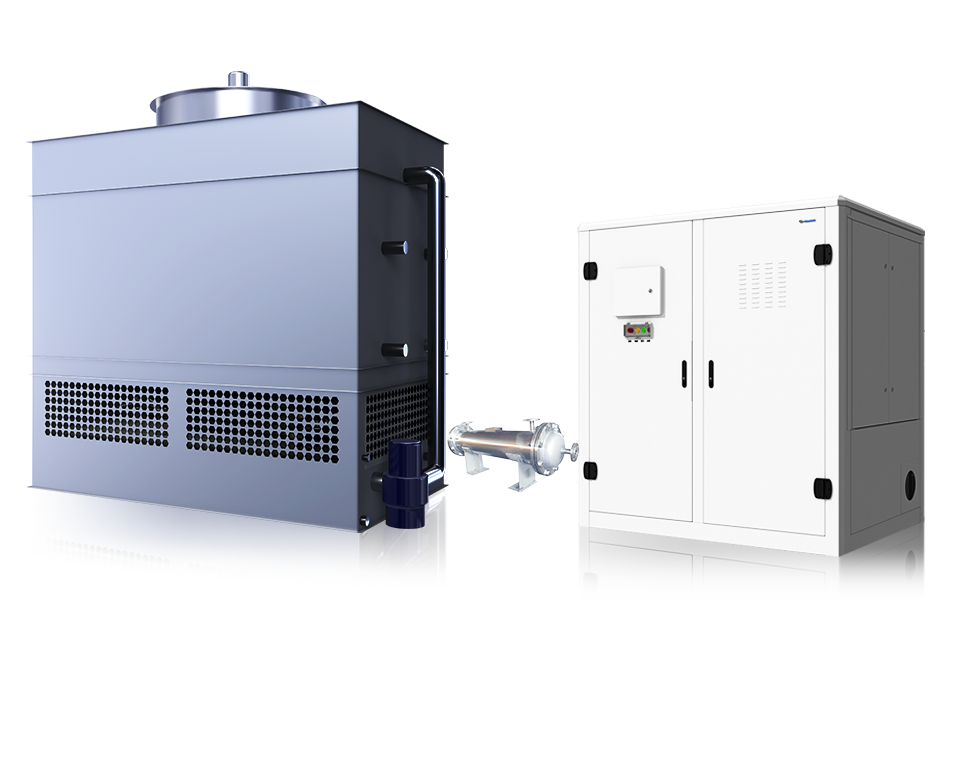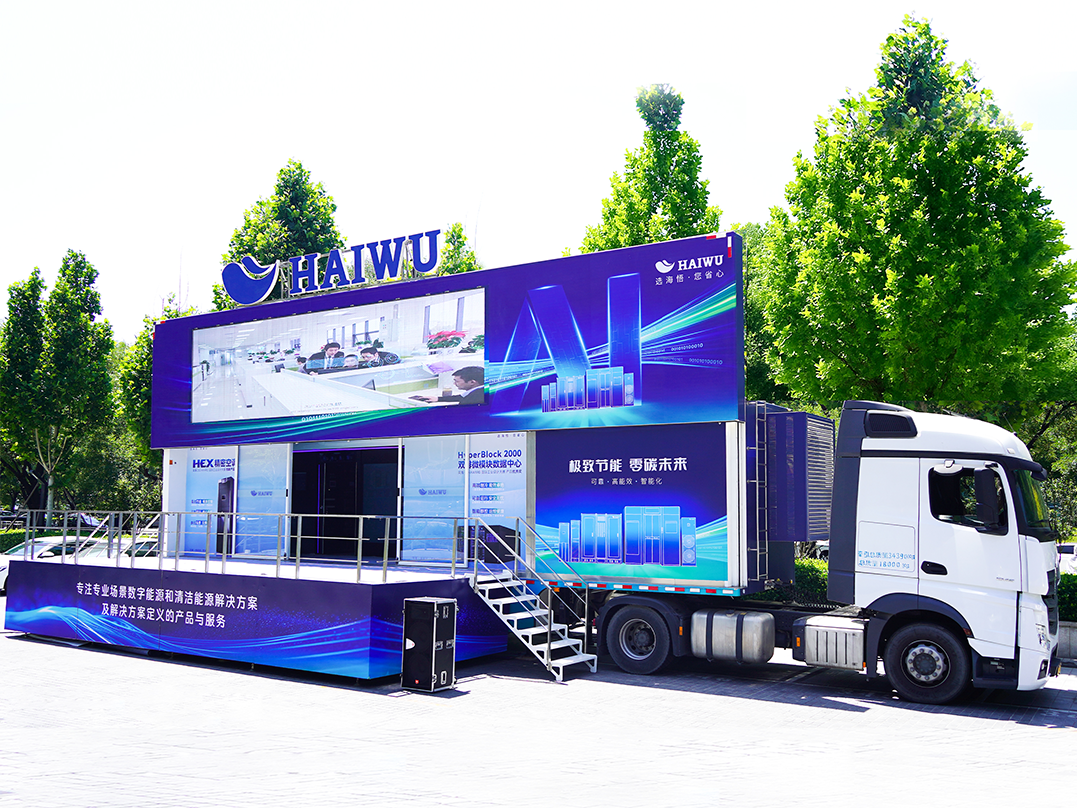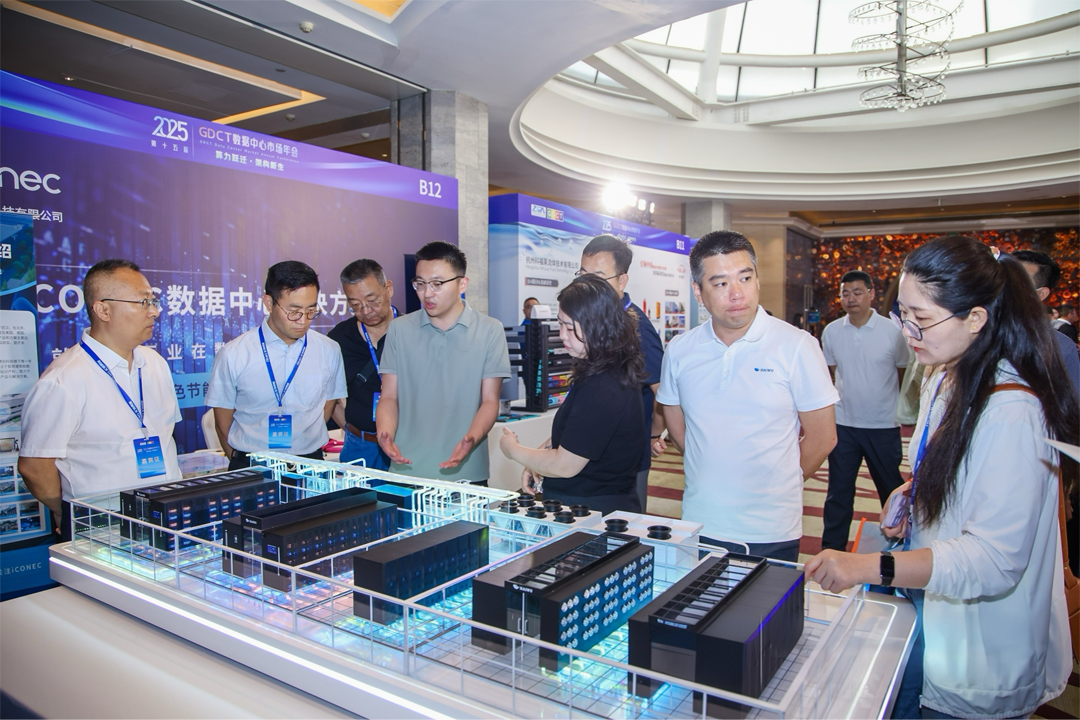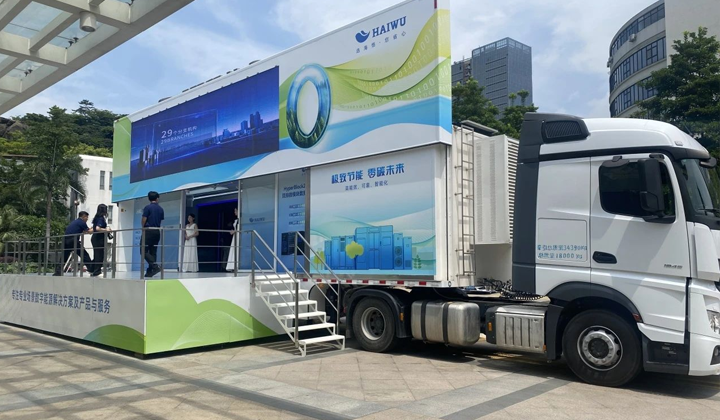

 High reliability
High reliabilityOil-free operation eliminates risk of compressor oil return and mechanical friction loss
Self-diagnosis and built-in protection logic of the compressor during operation
Reduced intermediate heat exchange loops make the system link simple and reliable
 High efficiency
High efficiencyMagnetic levitation variable frequency technology: Eliminate friction loss, operates at low pressure ratios
Power heat pipe technology: Replace compressor to provide refrigerant circulation power in winter to fully utilize natural cooling
Evaporative condensation technology: Reduce the condensing temperature and extend the utilization time of natural cooling
 Intelligent operations
Intelligent operationsA unified HMI facilitates comprehensive system monitoring of data
Integrated system control and management enables intelligent management of dynamic energy efficiency and optimal operation allocation
Self-developed intelligent control system supports remote networking and fault self-diagnosis








